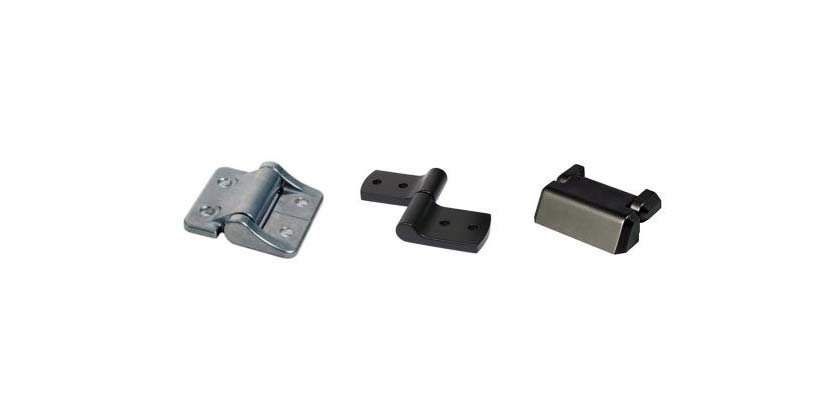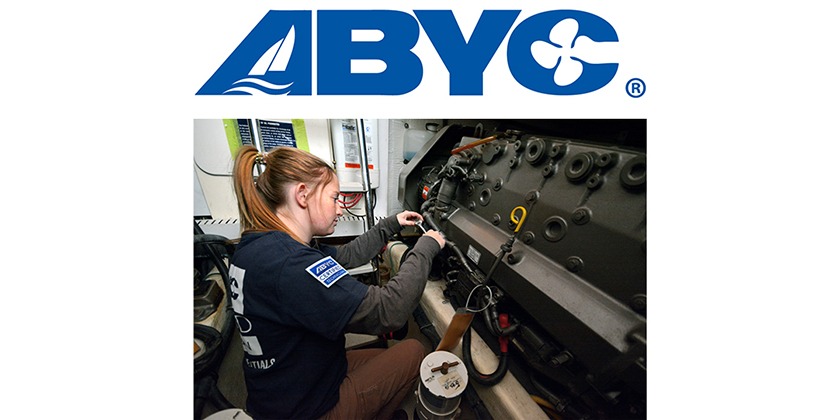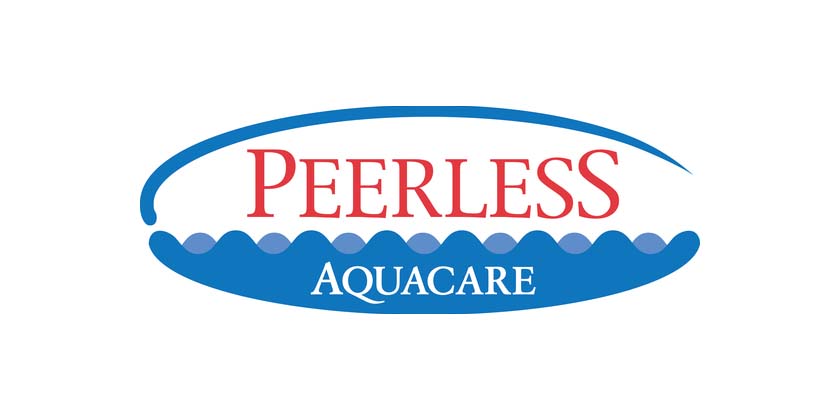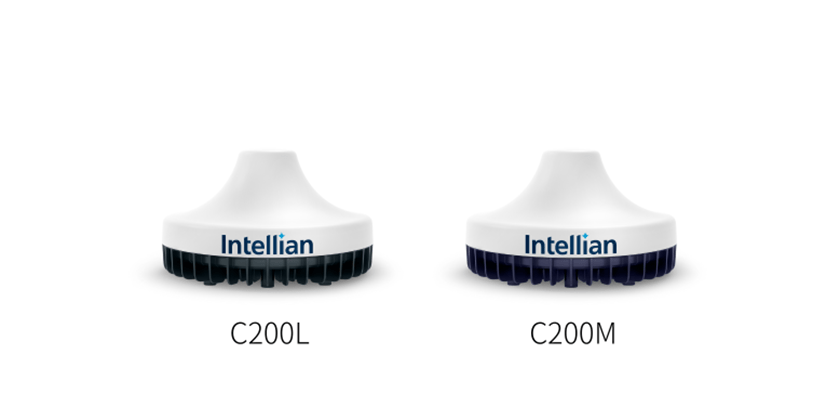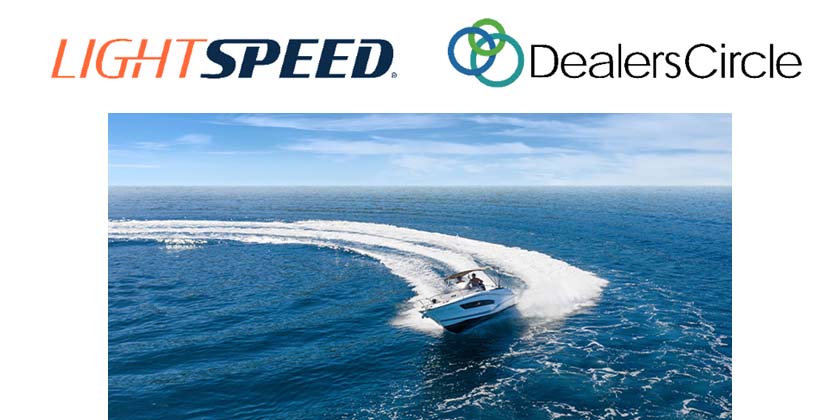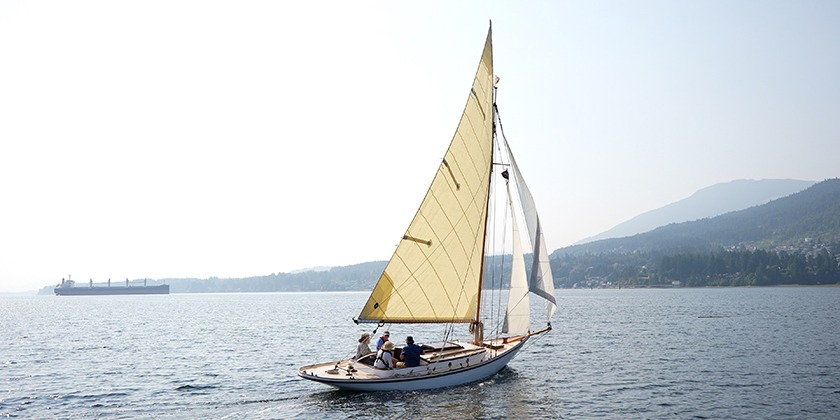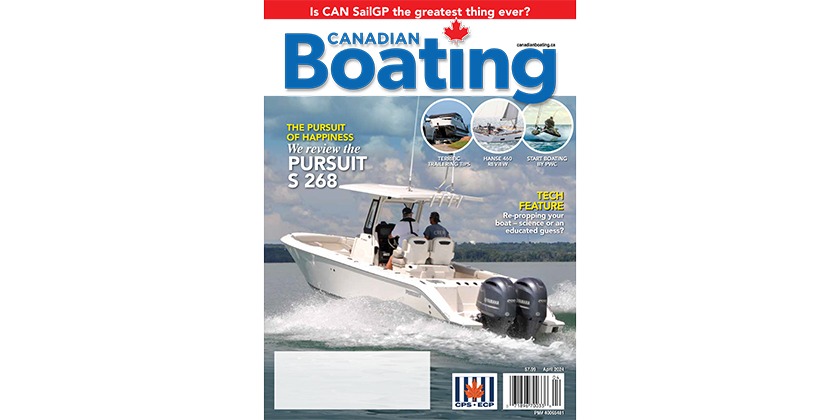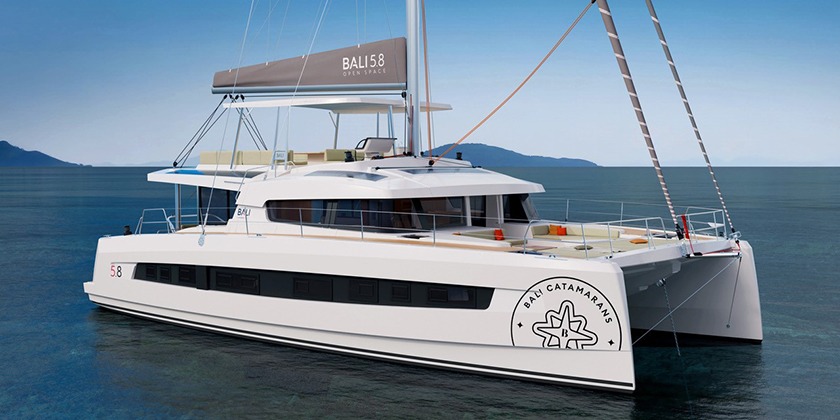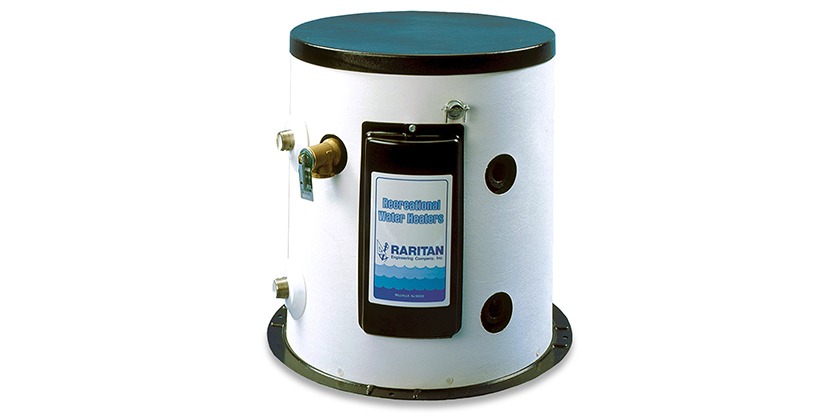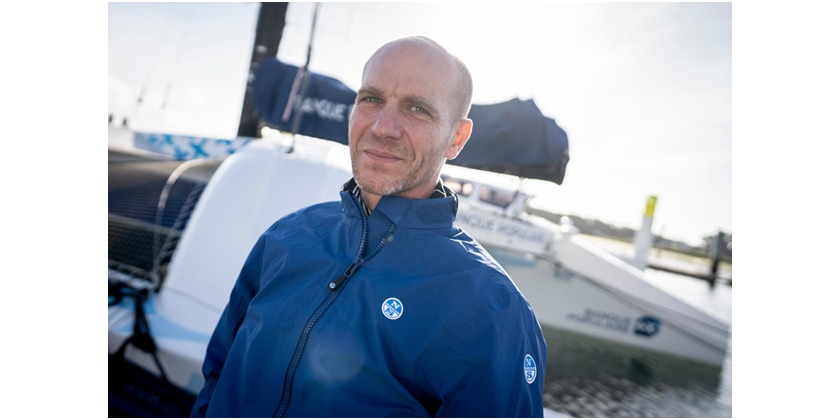Choosing the right boat wax is simple
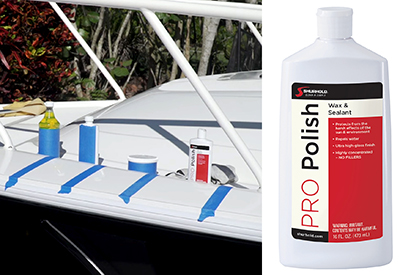
Mar 28, 2022
When it comes to protecting a boat’s surface, owners are faced with a dizzying number of products to choose from. Shurhold Industries breaks down the differences between the primary types with a Clean-N-Simple Tip.
Collectively referred to as “wax,” finish protectants are a sacrificial layer that’s applied to a surface. Their purpose is to sheet-off water and delay the natural oxidation of paint and gelcoat caused by the environment and UV rays. There are four main types: wash and wax combinations, cleaner waxes, paste waxes and polymer waxes. A video is at www.bit.ly/3vWCzyg.
Wash and wax combinations are the least effective. While they’ll clean a boat’s hull and deck, they don’t add any discernable level of protection. Once applied and the surface dry, water doesn’t bead as it should. This means it’s not shielding against contaminants and UV rays.
Cleaner waxes contain an aggregate that polishes the gelcoat while leaving a layer of wax. The ingredients compete with each other and the products struggle to do both jobs well. Plus, because they typically contain naturally-abrasive talc, they’re messy and can leave small scratches in the boat’s finish unless a time-consuming buffing process is completed.
Paste waxes are the original form defense against the ravages of weather. They’re very good at leaving a high level of protection and offer good water beading, but have a long cure time and require a lot of elbow grease, making them difficult to use. More often than not, they either bake onto the surface, making polishing difficult, or are buffed too early, reducing their effectiveness.
A polymer wax, such as Shurhold’s Pro Polish Wax & Sealant, is the modern alternative. Highly concentrated, the formula creates a chemical bond to the surface to quickly seal it with a water-repellant and UV-resistant high-gloss finish that lasts for three to four months. Applied to a clean, dry work area with a microfiber cloth, it can be easily buffed by hand or with a Shurhold Dual Action Polisher. It provides excellent water beading characteristics and is ideal for gelcoat, paint and vinyl graphics.
A 16 oz. container of Shurhold Pro Polish Wax & Sealant costs $19.98 USD; a one-gallon jug is $94.98 USD.

